

Best pH Probes For Hydroponics in 2025 – A Complete Buying Guide
Finding the best pH probe for hydroponics can make or break your growing success. In hydroponics, maintaining the correct pH is essential because it directly
# Type at least 1 character to search # Hit enter to search or ESC to close

No products in the cart.

No products in the cart.
Product Categories

The fastest way to reduce ammonia levels in a fish tank is to perform partial water changes, temporarily stop feeding fish, use chemical filtration, increase oxygenation, and lower pH and temperature levels slightly. You can also naturally reduce ammonia levels inside a fish tank by using beneficial bacteria, adding plants, and regularly maintaining the fish tank.
Owning a fish tank is much more than watching colorful fish gracefully swim around a thriving marine ecosystem. What many new reef hobbyists don’t know is that the most important factor in creating this beautiful underwater world is understanding and managing water chemistry, particularly ammonia. If left unchecked or overlooked, ammonia can quickly create an extremely toxic environment for fish.
In this article, we will take a look at why ammonia levels spike inside fish tanks and what you can do to reduce ammonia levels.
Ammonia is an odorless and colorless compound that is a common silent killer in fish tanks. Without proper water testing, it is impossible to detect, and even a small spike in ammonia can cause extreme stress to fish. As a fish keeper, it is essential to understand where ammonia comes from, why it accumulates inside reef aquariums, how it can affect your fish, and how you can easily and effectively manage ammonia levels.
Most ammonia in a fish tank is produced through natural biological processes. For example, every time your fish respires, they release ammonia via their gills, and when your fish releases urine and feces, their biological waste contains ammonia. In the wild, this wouldn’t be an issue, but in a closed system like a fish tank, ammonia levels can rapidly become toxic.
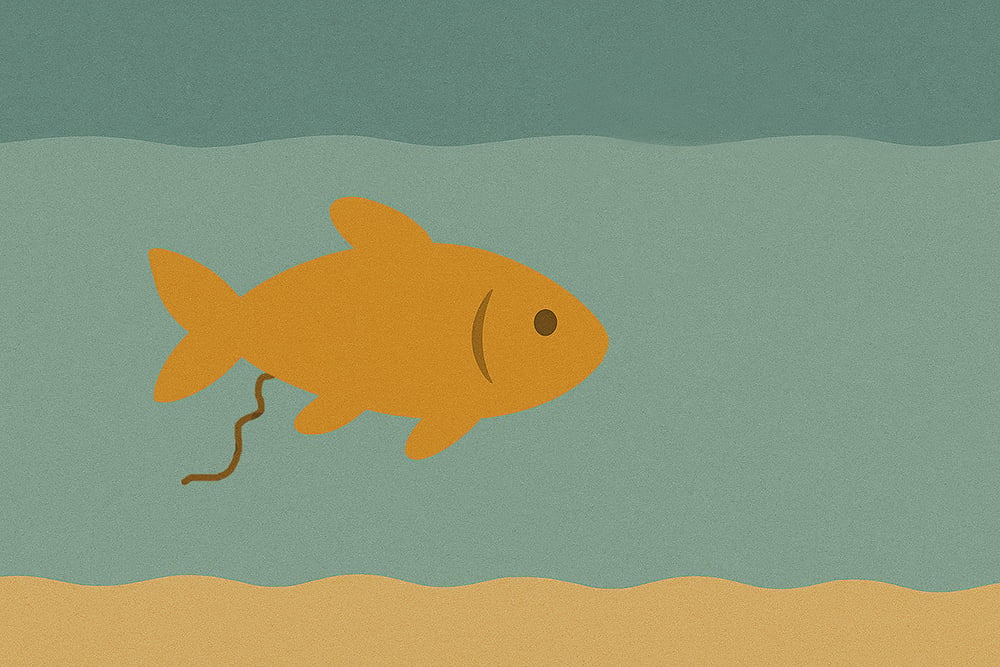
Ammonia can also come from decomposed material such as uneaten food, decayed plant material, and deceased corals and fish.
We briefly mentioned why you may be experiencing elevated ammonia levels in your fish tank, but let’s explore the causes further.
Installing a new fish tank is a very exciting time, but it is also a critical time. During the nitrogen cycling process, ammonia levels can increase to dangerously high levels. When you first install a fish tank, it is essential to properly cycle the system so that the beneficial bacteria populations can build up and convert ammonia into less harmful compounds. If you skip the fish tank cycling process, you won’t give the bacterial colonies enough time to establish a healthy population to handle the bioload of your fish.
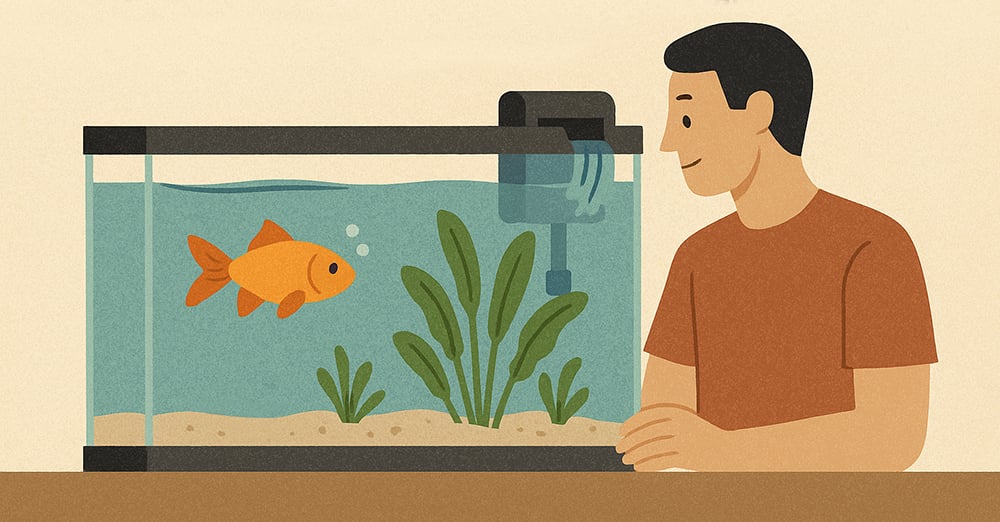
Adding fish to a fish tank is an exciting time, but adding too many fish at once is one of the most common ways ammonia levels cause problems. Every fish you add increases the bioload, so if you add too many fish inside a small fish tank, your filtration system will not be able to remove the waste quickly enough.
We suggest adding one small to medium-sized fish per one gallon of water. Also, you should consider the type of fish you are adding as certain species such as oscars and goldfish produce greater waste products.
Most new fish keepers will overfeed their tank at least once, but make it a habit and it can cause ammonia spikes. The first reason behind this theory is the more food your fish consume, the more waste is produced and viola, more ammonia in the water. The second is from uneaten food decomposing and releasing ammonia.

Maintenance is one of the most important factors when keeping a fish tank. Regular water changes and cleaning the tank substrate are key to controlling ammonia levels in the water. If you forget to perform these simple tasks, waste will accumulate and release more ammonia.
Fish tanks require proper filtration systems to keep the water clean. If your filter is broken or is too small for the size of your tank, the filtration system will be unable to house the beneficial bacteria to consume the ammonia.
Another issue is cleaning the filter media too often or rinsing it with tap water – tap water often contains chlorine which can kill beneficial bacteria. Always use distilled water when rinsing aquarium equipment to protect your beneficial bacteria colonies.
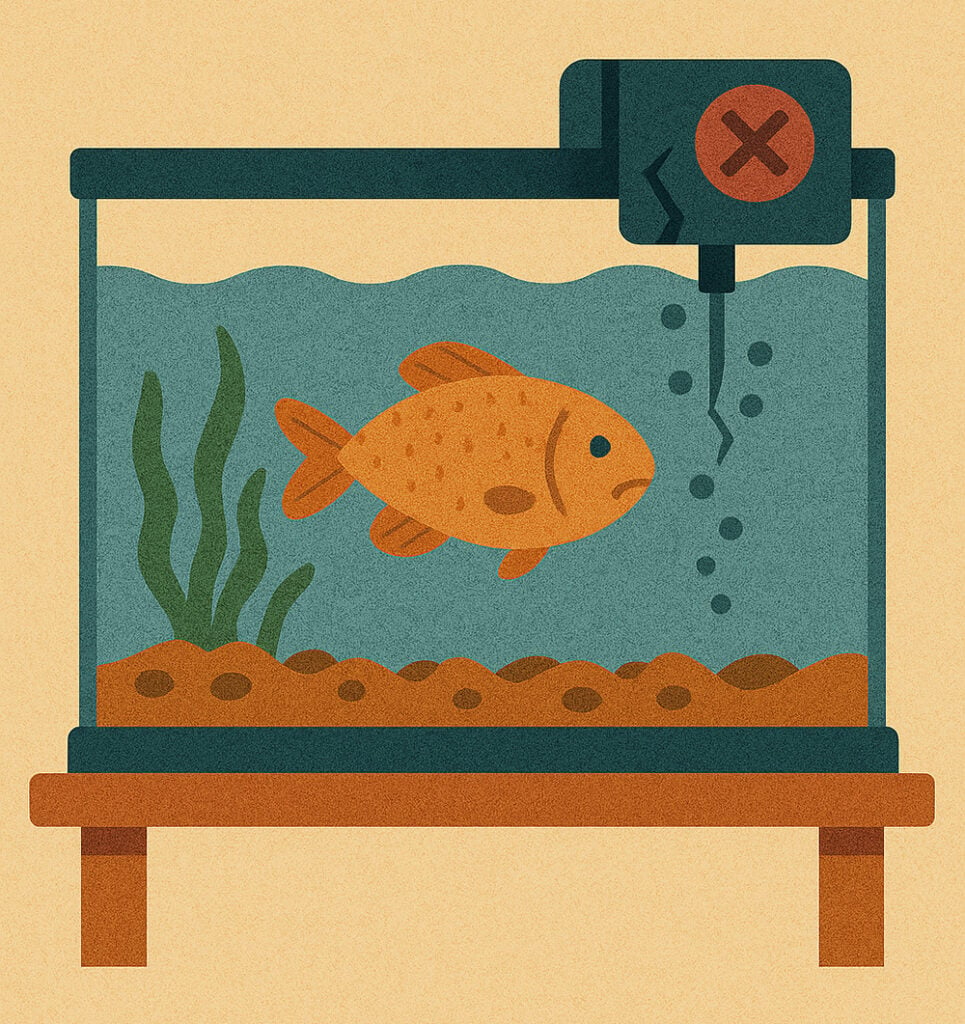
A good-quality substrate is an important component in fish tanks, however, some substrate types such as aquasoil, can release harmful ammonia into the aquarium water. Substrates tend to release ammonia when they are new and are poorly maintained, so don’t forget to add the substrate during the cycling process and maintain a good substrate cleaning routine.
So you have tested the water parameters and have quickly discovered that the ammonia levels inside your fish tank are through the roof. When ammonia levels spike, immediate action is needed to protect your fish and other tank life.
The quickest way to lower ammonia is to dilute the aquarium water with a partial water change. We recommend removing 20-50% of the water tank volume and replacing it with dechlorinated water. If you have extremely high ammonia levels, you may want to perform smaller water changes over a few days instead of one larger water change – this may also be the best option if you have fish that are sensitive during water changes.
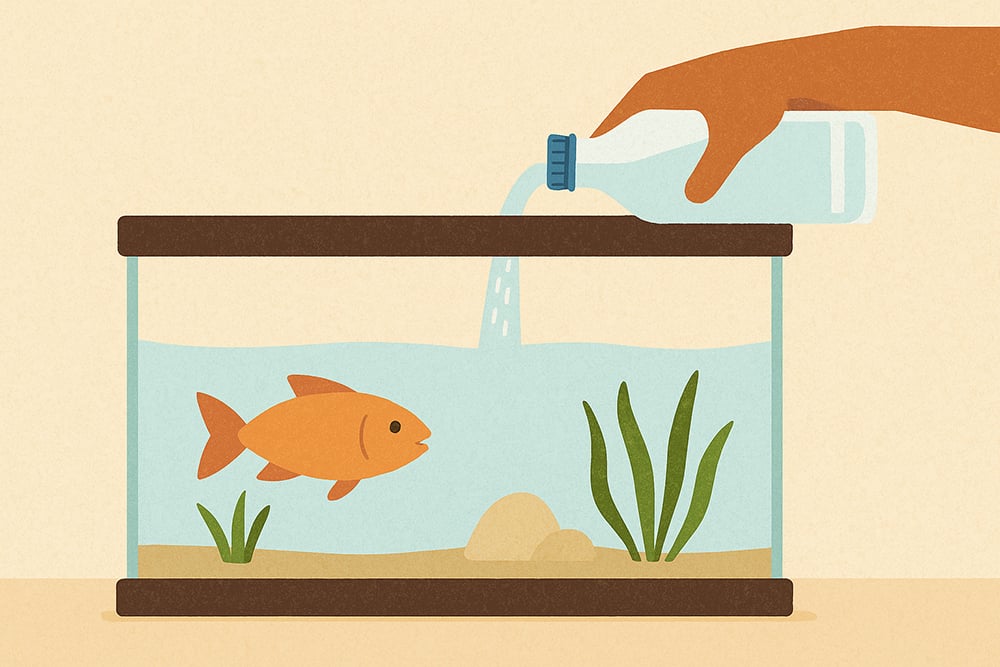
When doing a water change, remember to use a water conditioner that neutralizes the chlorine in the water. Many water conditioners nowadays also bind to ammonia, helping to reduce ammonia levels inside your fish tank.
Reducing the amount of fish food or pausing feeding can help reduce ammonia levels. Do not worry, your fish will not starve, they can go a couple of days without food. By reducing the amount of food in your fish tank, you will reduce the waste and allow time for your filtration system to remove decomposing matter.
Chemical treatments that contain ammonia-neutralizing properties can help reduce ammonia levels temporarily inside a reef tank. There are typical two types of chemical filtration:
Increasing the oxygen flow inside your fish tank can help your fish cope with ammonia stress. You can increase oxygen levels in a fish tank by adding an air stone or increasing water surface agitation, such as adding a fan or adjusting powerheads. Increasing oxygenation is vital if you are using ammonia-binding water conditioners, as these can lower dissolved oxygen in the water.
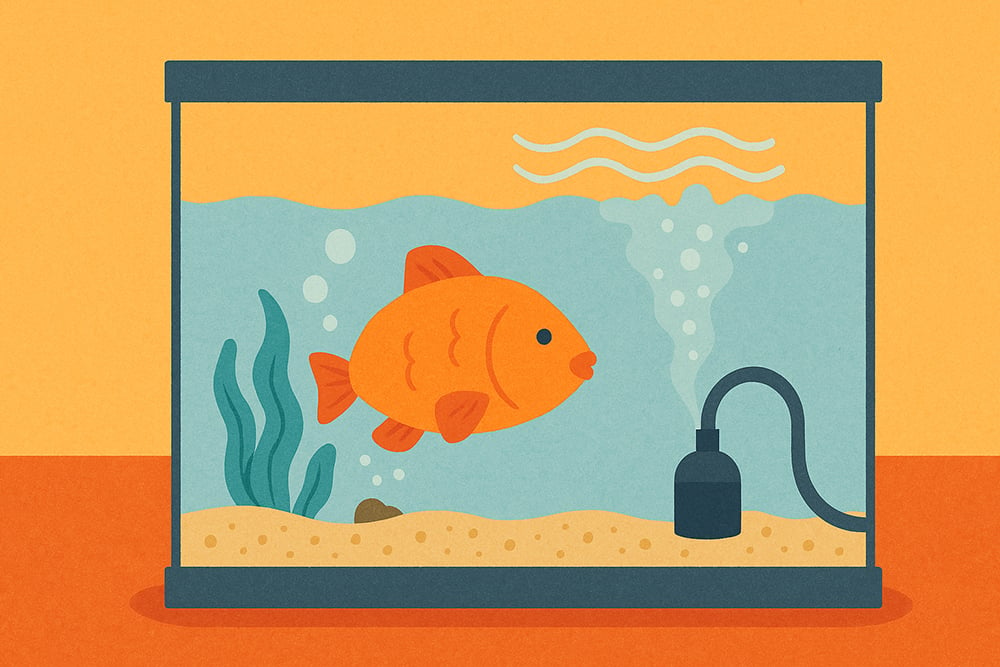
Dissolved oxygen sensors provide precise monitoring in aquarium water to ensure adequate oxygen levels are maintained during ammonia treatment. This real-time monitoring helps you verify that your oxygenation efforts are effective and that oxygen levels remain safe for your fish.
Many hobbyists would probably agree that lowering the pH and temperature is not a solution. However, ammonia is more toxic when water has a higher pH and temperature level. For example, when water has a pH level lower than 7.0, ammonia is less toxic to fish.
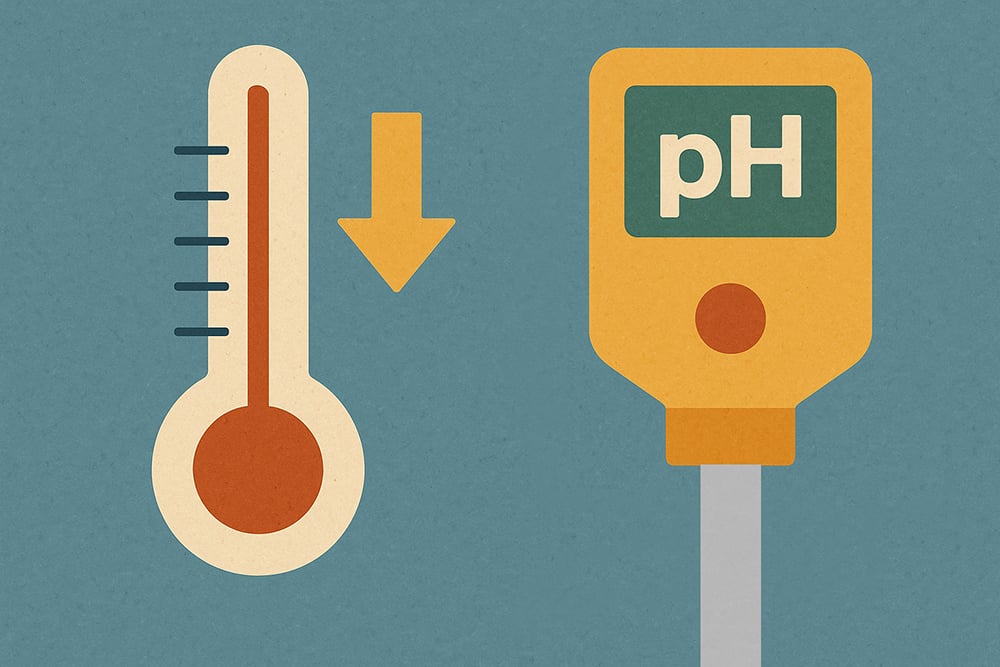
Accurate monitoring is crucial when implementing emergency pH adjustments to reduce ammonia toxicity. Professional pH sensors allow you to precisely track pH changes and ensure you’re maintaining safe levels without shocking your fish. Gradual pH adjustments monitored with reliable sensors help minimize stress while reducing ammonia toxicity.
If you are in an emergency where your fish are showing signs of ammonia stress (rapid breathing, lethargy, loss of appetite, red or purple gills, bloody patches, color changes), temporarily reducing the temperature level by a couple of degrees may reduce the ammonia toxicity level. If you do lower the temperature, check that the type of fish you have is not super sensitive to temperature changes and monitor the temperature level using a reliable temperature sensor.
When ammonia levels spike, it is easy to grab the nearest bottle of chemical treatment; however, natural methods to reduce ammonia levels in a fish tank offer much more sustainable and long-term solutions to keep ammonia levels under control.
We spoke about this earlier, but we cannot exaggerate enough how essential beneficial bacteria is for fish tanks. Cultivating a robust and good-quality beneficial bacteria colony will convert ammonia to nitrite and then to nitrate.
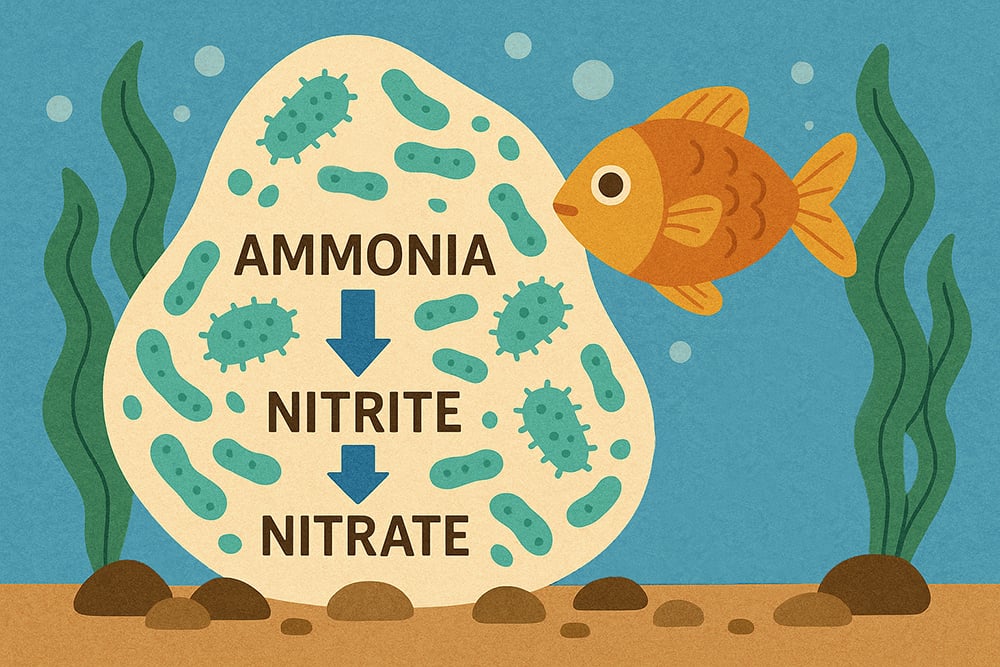
To increase beneficial bacteria levels inside your fish tank, you can:
Always consider the size of your tank and the size of your fish before adding any more stock. Remember that overstocking is one of the leading causes of ammonia spikes inside fish tanks.
A regular maintenance routine should include the following:
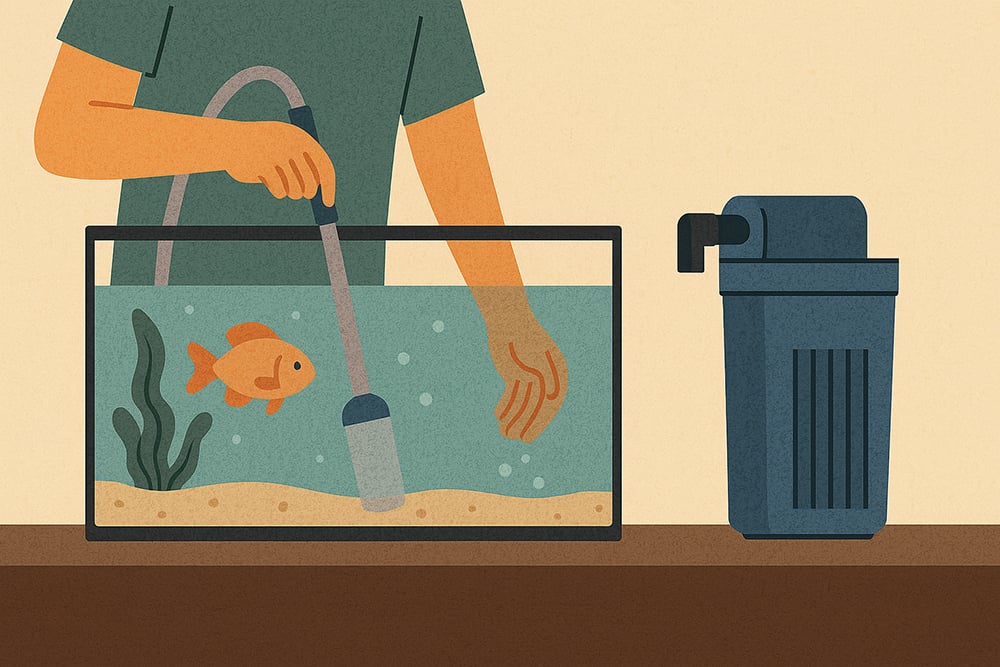
Simply put, yes. Adding live aquatic plants to your fish tank helps produce oxygen and reduce ammonia levels. However, while live plants can help, they should not be your only ‘remedy’ for reducing ammonia in a fish tank.
Most aquatic plants prefer to absorb ammonium over nitrates, therefore, they directly absorb ammonia (in the form of ammonium) in the water via their leaves and in the substrate via their root system.
Plants that are fast-growing and have a lot of foliage are your go-to. These include:

Prevention is always better than treatment, so here are a few strategies to avoid ammonia spikes inside your fish tank:
The first line of defense is testing for ammonia. Unless your fish shows signs of distress, you won’t know that ammonia is present until you test the water. Testing for ammonia in water is super easy, and there are many options to choose from.
Although slightly more expensive, we highly recommend a digital ammonia probe to ensure you get precise readings.

Ammonia levels should always be ZERO. Even a slight deviation from zero can quickly become lethal for fish.
Maintaining ammonia levels is one of the most important factors in fish keeping because ammonia spikes can be detrimental to fish. If ammonia levels do spike, as outlined in this article, there are many ways to reduce ammonia levels in a fish tank, so don’t panic!
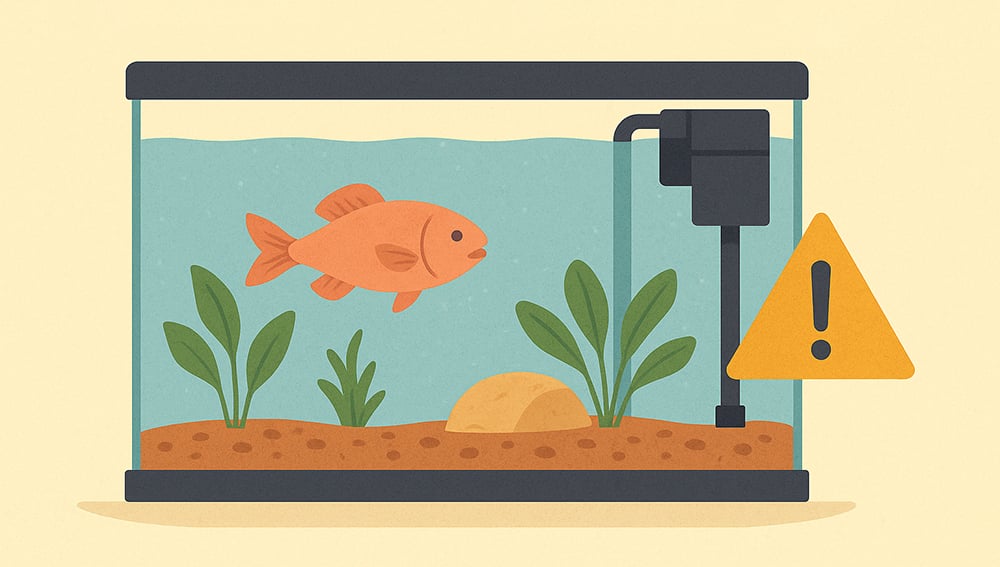
For complete aquarium monitoring, consider using a water quality test system that tracks ammonia, pH, dissolved oxygen, and temperature simultaneously. At Atlas Scientific, we offer a wide range of probes and sensors.
If you would like to learn more about maintaining fish tanks or what measuring kits we have to offer, do not hesitate to reach out to the world-class team at Atlas Scientific.

Finding the best pH probe for hydroponics can make or break your growing success. In hydroponics, maintaining the correct pH is essential because it directly

The fastest way to reduce ammonia levels in a fish tank is to perform partial water changes, temporarily stop feeding fish, use chemical filtration, increase
Notifications